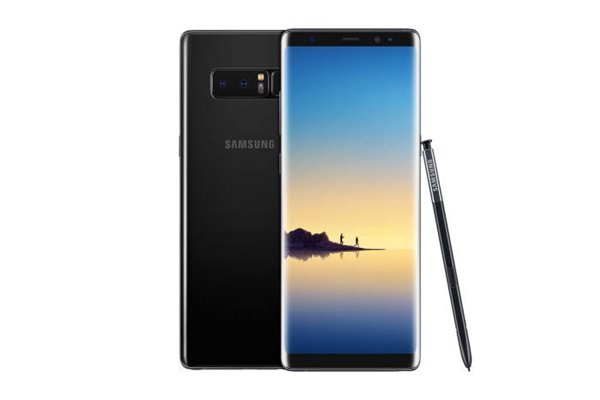Samsung Electronics is planning to expand use of dual-cameras to lineup of its mid-tier Smartphones and it is expected that this will bring additional benefits to an ecosystem of relevant rear-end industries that manufacturer image sensors, lenses, modules, and driver ICs (Integrated Circuit).
According to industries on the 30th, Samsung Electronics Wireless Business Department is planning to release mid-tier Smartphone that is equipped with a dual-camera sometime during fourth quarter of this year. It already produced major parts and supplied them to Samsung Electronics and its partners that manufacturer modules.
While Galaxy Note 8 is equipped with two 12MP image sensors and dual OIS (Optical Image Stabilizer) technology, this mid-tier Smartphone is going to be equipped with one 13MP image sensor and another sensor with different specifications and is going to be applied with AF (Auto Focus) technology without OIS.
Dual-camera not only has an image sensor but it also has a motor, an IC, and a lens for AF. Unit cost of a dual-camera module is 1.5 times more expensive than single cameras. Due to this reason, industries that manufacture parts for Smartphone cameras are paying careful attention towards Samsung Electronics planning to apply dual-camera modules to its other Smartphones.
Until now industries that supply parts for camera modules to Apple had had considerable amount of benefits from iPhone 7 Plus. SONY, which supplies image sensors, Kantatsu, which supplies lens modules, and LG Innotec and Sharp that manufacturer camera modules by combining image sensors and lens modules are the biggest beneficiaries.
However as Samsung Electronics is planning to release its Smartphones that are also going to be equipped with dual-cameras, amount of work is expected to also increase for companies that are not part of Apple circle.

Samsung Electronics receives image sensors from Samsung Electronics Semiconductor Business Department and SONY and lens modules from Samsung Electro-Mechanics Co., Ltd. and Sekonix. Although it received camera modules for Galaxy Note 8s from Samsung Electro-Mechanics Co., Ltd. and Samsung Electronics Wireless Business Department, it is going to receive camera modules for the new mid-tier model from Samsung Electro-Mechanics Co., Ltd. and its small and medium South Korean partners such as MCNEX. As a dual-camera module for this new mid-tier model is not going to have OIS function, South Korean fabless company called Dongwoon Anatech is going to supply AF driver ICs to Samsung Electronics. AF driver IC is a part that sends right amount of current to motors such as actuators, moves lenses to an exact location, and helps lenses to focus automatically.
It is heard that Samsung Electronics has set a plan to expand use of dual-cameras to its low-end and mid-end Smartphones.
Smartphones with dual-camera modules are able to provide pictures with far better qualities through technologies such as composition of images. Depending on a formation of lenses, they are also able to take wide-angle and telephoto pictures that are difficult to be implemented by normal Smartphone cameras.
“We expect that there will be about 30% of Smartphones in 2018 are going to be equipped with dual-cameras.” said a representative for an industry. “We expect that this news will bring huge benefits to industries that manufacturer parts such as image sensors and modules for cameras.”
Market research company called Techno System Research (TSR) predicted that 37.2% of Smartphones (1.775 billion) that will be supplied in 2021 will be equipped with rear dual-camera modules. It also predicted that about 4.4% of Smartphones will also have front dual-camera modules. Image sensor manufacturers such as Samsung Electronics and SONY are constantly extending their 300mm wafer production facilities in order to prepare for increase in number of demands.
Staff Reporter Yun, Keonil | benyun@etnews.com & Staff Reporter Han, Juyeop | poweruser@etnews.com